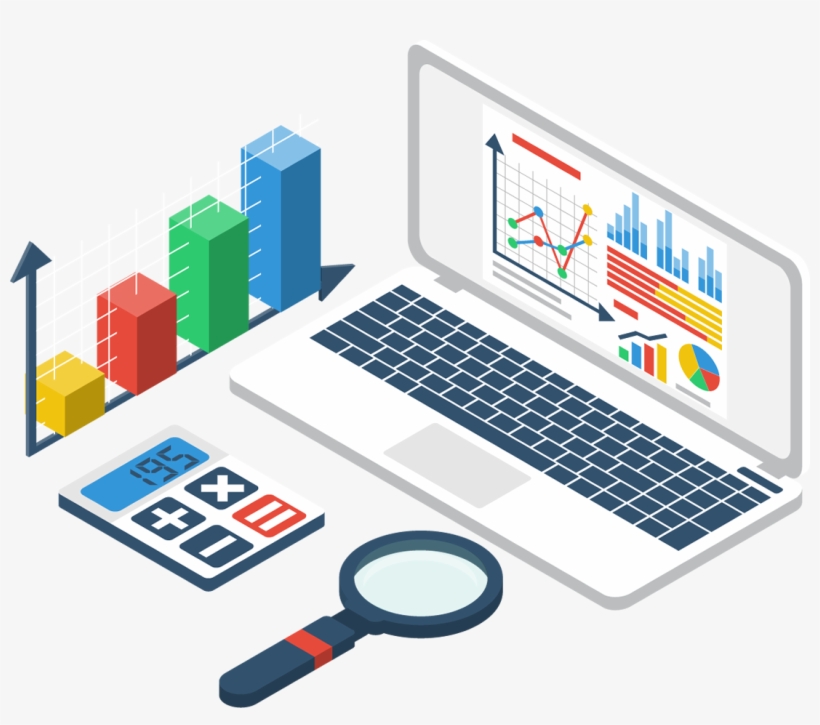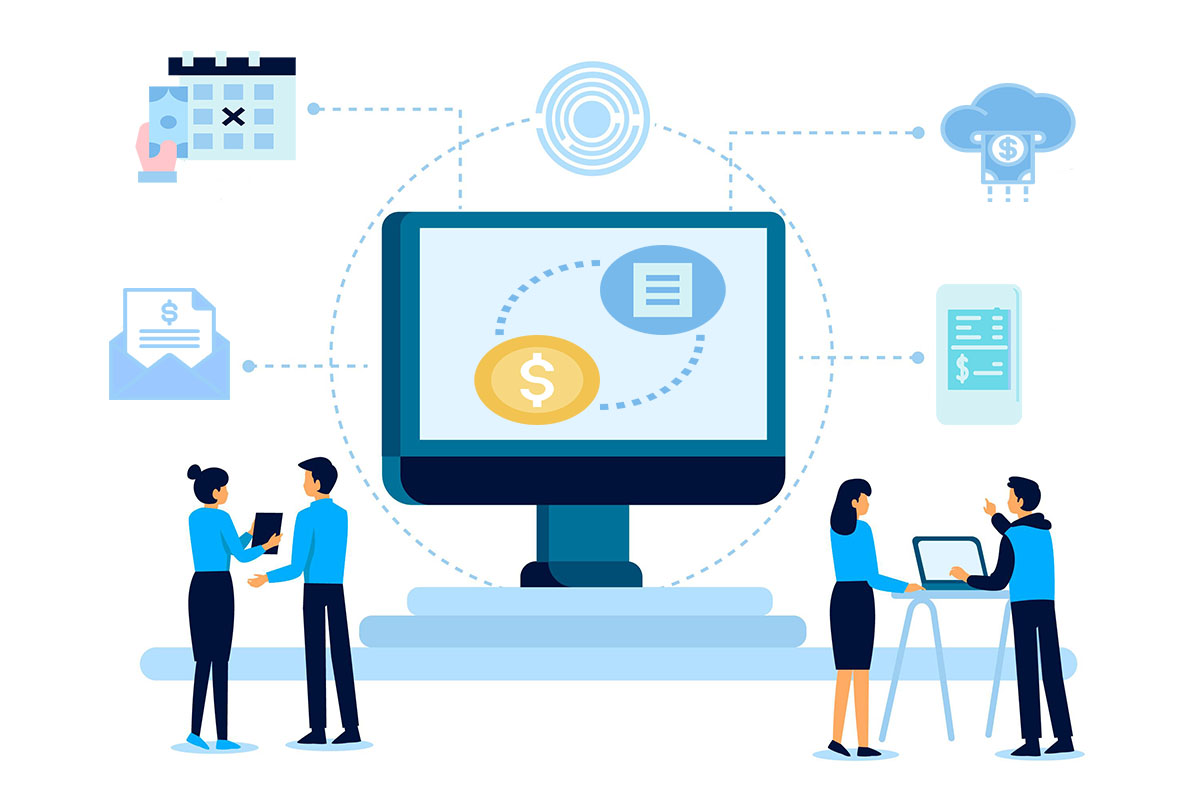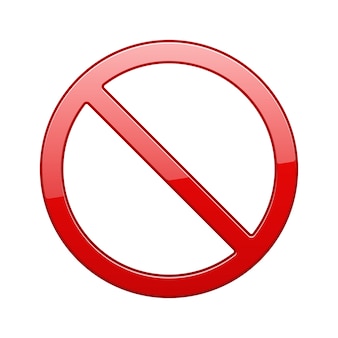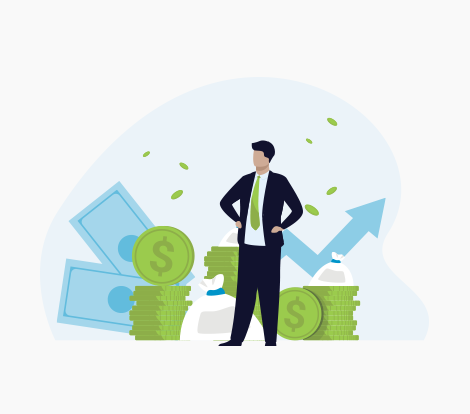SaaS forms the basis of many businesses today. Gone are the days when software could be purchased one time, implemented, and then forgotten about. Today, software packages are complex and have to be billed periodically.
Companies are becoming more and more dependent on software, giving rise to SaaS billing. Some popular software that companies today use includes Google Workspace, DropBox, Cisco WebEx, SAP Concur, GoToMeeting, and more.
Software as a Service is a popular business model where software is provided via a continual subscription-based cloud service. SaaS billing removes the need to manually invoice, receive recurring payments and track payment data. A business model like this has advantages, but it also comes with a fair set of challenges. Subscription management isn’t easy, especially if your business is growing. So, here’s a comprehensive guide to SaaS billing, what you must look out for, and what you must avoid.
Table of Contents
What Exactly is SaaS Billing?

An automated system for billing clients on a recurring basis, SaaS billing does everything so you don’t have to manually invoice customers, receive their payments, and track payment data.
How Is SaaS Billed?

Monthly or annual recurring payments, with a choice between payment intervals, or one-time subscriptions. There are quite a few ways of SaaS billing. Usually, they’re based on one of the below billing models –
Flat Rate
When a billing company charges every consumer the same recurring amount for their product, it is called ‘flat rate’ billing. You can calculate revenue quite easily, but there’s no flexibility in case your business wants to scale.
Tiered Billing
A popular SaaS billing model, whereby a company establishes different tiers for product prices, with each tier giving users limited software features for a particular price. Consumers can switch between tiers if required. This model attracts a lot of customers but isn’t suitable for all kinds of SaaS companies, like SaaS businesses that favor simpler billing and a quick payment collection system.
Per-User Billing
In this method pricing tiers are based on the number of users, with the price reducing as the number of users increases. If a company offers a plan that costs $100 for 4 users, that’s $25 per person, if the product is to be used to its full capacity. The next available plan, for 5-20 users can cost $100, which will be $20 per head if used to full capacity. There can be further breakdowns as required. The biggest advantage of this per-user billing model is a chance of high revenue. However, beware of a high churn rate too, as subscribers prefer feature-based billing models, instead of per-user billing. This model overlooks the potential of daily active users for SaaS businesses. These users are more likely to work with SaaS firms that provide tiers, premium features, different options as well as easy billing systems.
Feature-Based Billing
This involves setting up a price based on the number of software features that come with each plan. One advantage of this model is high revenue predictability and easy subscription management. The flip side is that users cannot choose preferred features, and can discontinue the service if they feel there are some useless features that aren’t really being used or required.
Value-Based Pricing
This method involves setting prices based on what customers are ready to pay. A lot of market research needs to be done to determine the current price. The advantage of this system is high customer satisfaction and goodwill, which comes at the cost of scalability.
Pay-As-You-Go
In this billing model, a price is based on product usage, with the company charging low base monthly prices, putting on additional charges depending on how much the user uses the product. This system does not waste resources but is tough to implement and manage.
Freemium
In this pricing model, the product’s basic or limited features are offered for free, with the company hoping that some freemium customers might convert to upgraded paid accounts. The good part-high lead generation, which comes at the cost of revenue.
What Are The Preferred SaaS Billing Patterns – What Should You Follow?

A la Carte Pricing
This customizable pricing model puts the power in the hands of the customer. A very open-ended approach towards pricing, it allows customers to form their own plan, and pay for what they need. For example, say a security log management company has some verticals, like insider threat detection, predictive analysis, cybersecurity, and more. Each will have its fixed price, not grouped under any umbrella subscription.
This is great for observing the buying patterns of customers, to arrive at an effective price point. If a product deals with many use cases, with a wide target audience, with you constantly upgrading features, this pricing model can work.
Simplified Billing
A simple, streamlined billing process encourages users to pay invoices on time. A subscription management software can help. SaaS billing software can offer a host of features that simplify billing, from clear invoicing to automatic follow-ups. Presenting consumers with their user levels in a simple manner so they can understand what they’re paying for is a great way to ensure timely revenue.
Automated Billing
Automated payment processing always makes things easier. Forget about the complex and manual labor involved in invoicing, payment collection, dunning management, financial reporting, and more.
Aligned Payment Terms
With aligned payment terms, the customer agrees on each detail upfront. As a consumer, check if payment terms are specific and non-ambiguous. There might be standard and additional fees, types of payments, billing frequency, payment timeframe, and any penalties for late payments. A clear outline of expectations is perfect for future business relations.
Competitive Pricing.
Check for a competitive pricing model for the software. It pays well to first group competitors according to relevance, sees where your target software brand fits in the range, and check accordingly.
What Are The Bad Patterns, The Ones You Should Avoid?

Automated Free Trials
Looking at the usage statistics of free trial users will tell you that most of them don’t take full advantage of the trial. Only a tiny minority will use your product for more than 3 days in a row during a trial. For instance, you can’t get 100% of people to buy a software product, nor can you get the same percentage of people to devote all their time to that product’s trial. How many times have you signed up for something that you’ve hardly used? Stop automated free trials to retain users.
Recurring Transactions
Recurring transactions refer to those that are billed automatically. Now, while users might appreciate recurring billing, a lot of them again won’t use the same features again. So, recurring transactions aren’t really favorable in retaining users.
Credit Authorisation Transactions
This even comes under dark SaaS billing. This is an illegal route, with every credit card transaction being required to follow 3 steps. It starts with authorization, i.e approval requests from the merchant’s bank to the cardholder’s bank to verify the legitimacy of the card, and that the customer can afford the incoming charges. This approval is saved by the merchant. Next comes credit card capture and cleaning, when this approval is used to confirm the transaction, sometimes with an addition of around 20% or 25% on top of the approved amount. Finally comes settlement, when the money changes hands, and the SaaS providers get paid.
Proration and Onboarding Charges
Usually, companies don’t charge an onboarding fee when attracting customers to their software packages. When you buy a gym subscription, you don’t pay another fee over that amount. Hidden onboarding and proration charges can cost you, customers.
Dark SaaS Billing Patterns That Have Come To Light
Dark Patterns are tactics that online firms use to manipulate users into doing things that will make them formerly rich. For example, an email capture pop-up that cannot be minimized, or recurring billing schemes that are impossible to cancel. Here are some more –
Unauthorized Credit Usage
Once a consumer’s card information gets captured, using it again to charge the consumer is completely unethical. Unauthorized credit usage is wrong and illegal, with providers losing trust and customers.
Unexplained Recurring Transactions
Having too many recurring transactions, especially if customers aren’t using all the features that a provider’s offering, is unethical. Do not make users pay for something they aren’t using more than once.
Unethical Trial Period Conversions
This is also tied to saving card information. Sometimes, there’s a scenario where the card is charged a fee but that fee is reversed if the user doesn’t wish to continue beyond the free trial. Do not charge cards and onboard consumers without their knowledge.
Unexplained Charges
Unexplained charges or hidden charges are non-subscription-based costs that unsuspecting customers find after they’ve signed up for a software service. For example, if you are offering antivirus solutions, and customers buy this only to discover that full features require additional payment. Avoiding these is key to retaining them.
Uninformed Auto Renewals
This is when a software package is renewed without asking permission from the consumer/business first. Auto-renewals are very common, Netflix is one such example. Companies think that if they don’t send payment receipts, customers won’t notice the money being charged to their cards. An ideal company should send a renewal notice at least 4 to 6 weeks prior, before charging the card.
Monthly and Annual Billing
This is a common occurrence. Have you ever noticed yourself paying an annual fee when you thought you were paying monthly? Let us break this down. Suppose, there’s software that’s being sold at a subscription price of $15 per month. However, users who want to avail of an offer price of $10 per month, have to pay $120 (as a one-time annual payment). Sometimes, people aren’t aware that they’re being charged a one-time fee. Why should this be a problem? Well, sometimes, you don’t need software for an entire year. In such a situation, this is a loss of resources.
How to Avoid Dark SaaS Billing Patterns ?

The competition in the software industry is intense, which is why companies sometimes resort to dark SaaS billing patterns to generate revenue.
Here are some things that you must keep in mind if you don’t want to fall prey to dark billing patterns.
Limit Credit Information at Signup
Users could avoid dark SaaS billing patterns by limiting the amount of credit card information that they provide to the SaaS company. If you have to hand over CC information, be careful and make sure that your free trial isn’t being converted to a paid one without notifications. Set calendar reminders at the end of the free trial period.
Look For Alerts and Notifications
If you don’t get alerts or notifications when you sign up for a free trial, you won’t get one before you see charges on your credit card. Keep an eye out for these to avoid incurring charges.
Reputed Payment Platforms and Gateways
Some SaaS providers using either Stripe or Chargebee will probably use transparent and user-friendly payment processes. The dark billing patterns are usually visible in payment loops built with custom codes.
Detailed Cancellation Policy
If there isn’t an actual pricing page with a real pricing model, you will be working with another person for your account setup, payments, and cancellation. Make sure you speak to the person on the other end before you sign any contract, and make sure the negotiated terms are favorable to you.
Hidden Integrations
Beware of hidden integrations. Some SaaS providers won’t let you cancel your account without you exporting your own data, and submitting a signed form that you are finally ready to cancel your account so that any related accounts are terminated as well.
What To Look Out For When Renewing SaaS Subscription Billing?

Whether you are starting a new agreement or renewing an existing one, here are some things that you must look out for.
Timely, Transparent Renewals
SaaS companies depend heavily on maximizing renewals for revenue. There is not much incentive anyways for clients to cancel, even if their accounts are inactive. However, some SaaS companies make it difficult to cancel on purpose. Some vendors might put up barriers to cancellation, others might copy them. The net result – the clients, i.e you suffer. Ensure that your vendor isn’t processing a renewal without your knowledge or without sending a receipt. When vendors do this, clients realize they are being duped when their credit card gets charged for unused software. A lot of reputable businesses do send receipts. However, many don’t send alerts before processing payment. They fear this might boost cancellations. Clients might decide to cancel their subscriptions after seeing a receipt, and the company might lose out on business.
Easy Cancellation and Downgrading
One of the most vital measures of SaaS cost optimization is consumption measurement. Visualizing the use of the software by a user, department or organization provides vital insights into how important a given solution is, making it one of the most vital aspects of SaaS management tools. If the organizational employees haven’t adopted the software, why pay for it? If you aren’t going to lose anything by canceling your subscription, do it. If a subscription cannot be canceled outright, then try downgrading it. For instance, a company might need to keep limited access to a software product just to get by with a few features for fewer users.
When a software product is used only by a certain group of employees or a department, there’s no need to buy licenses for the entire staff. The best SaaS companies make it really easy to downgrade or upgrade your subscription at any time, giving the clients more control over the number of features they use and their payment. SaaS renewal practices should always give businesses more control.
Ongoing Support for SaaS Spend Management
There are many software companies that facilitate SaaS cost optimization post renewal, like SoundCloud, MailChimp, and more. Some might even offer advanced reporting to ensure that tracking spending and consumption is easier. There might be some dark patterns in every industry, however, most providers are trying hard to follow SaaS renewal best practices. Modern IT budgeting is hence much simpler. Today, the average number of SaaS applications used by people and companies has increased dramatically, and managing renewals can take a lot of time. SaaS management tools are the need of the hour.
Final Thoughts
In conclusion, SaaS billing is a complex yet important world which you have to navigate if you are depending on software to run your business. As a rule, it pays to be vigilant about your billing cycle. Sometimes, companies might show you a monthly pricing module, but you might get charged the entire year upfront. That way, SoundCloud is pretty clear, regarding their $16 per month or $12 per month (if you buy the entire year’s subscription at $144). Be careful whether you’re signing up for a monthly or an annual commitment.
Furthermore, a lot of companies have auto-renewal clauses, for example, Netflix. There might be a month or 2 for cancellation, or it is automatically renewed. See whether the company you are transacting with is sending reminder notices before automatically charging your card. The ability to effectively handle SaaS renewals, cancellations, and payments is indispensable for modern companies. The goal should be to make the entire SaaS management process as transparent and effective as possible. That’s only when your company’s resources will be optimally utilized, and you won’t just be paying a subscription fee for software features that you don’t really use.
Also Read:






